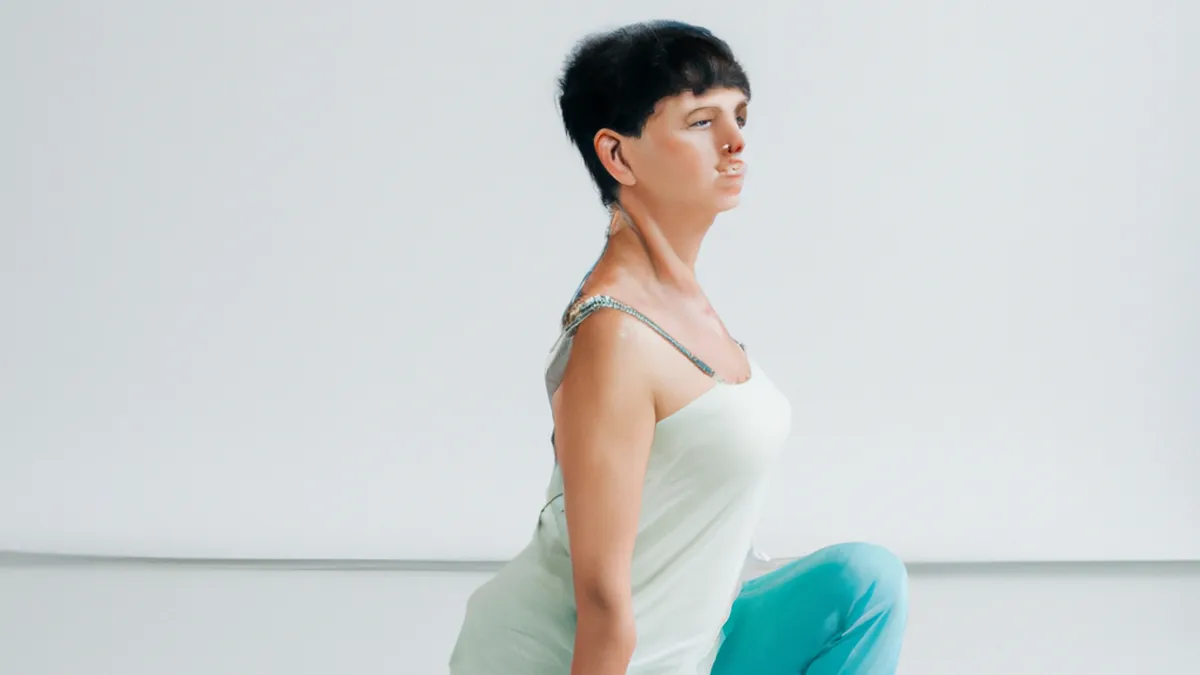Graceful Moves: Barre for Mature Fitness
Adapting Barre for Seniors: A Gentle Approach to FitnessBarre classes have gained popularity for their blend of ballet, Pilates, and yoga. These classes strengthen, tone, and improve flexibility. However, many seniors feel intimidated by traditional barre due to its intensity. The good news is that barre can adapt to meet older adults’ needs. With thoughtful modifications, seniors can enjoy barre’s benefits while ensuring safety and comfort.
Understanding the Basics of Barre
Barre workouts emphasize small, controlled movements that target specific muscle groups. A typical class includes pulsing and isometric holds. These movements can improve balance and coordination, which are crucial for seniors’ independence.To make barre workouts safe for older adults, we must adapt them. Seniors may face physical limitations like joint issues or decreased flexibility. Let’s explore tips for adapting barre for seniors.
Tips for Adapting Barre for Seniors
As an Amazon Associate I earn from qualifying purchases.
Gear tip: consider yoga mat, yoga bolster, and pilates ring to support this topic.
1. Use a Chair for Support
Incorporate a sturdy chair for support. Position the chair next to the barre or use it as a substitute. This adaptation provides extra stability, reducing fall risks. Seniors can hold onto the chair during exercises, enhancing their confidence.
2. Modify the Range of Motion
Limit flexibility or joint discomfort may necessitate modifying the range of motion. Encourage smaller, manageable movements instead of deep lunges or full squats. For example, use half squats to engage muscles without straining joints. This adjustment maintains workout effectiveness while ensuring safety.
3. Incorporate Seated Exercises
Seated exercises offer great alternatives for seniors who struggle with standing. Many barre movements can adapt to sitting. For example, seated leg lifts, arm circles, and torso twists engage core muscles effectively. This approach keeps seniors active and fosters a sense of accomplishment.
4. Slow Down the Pace
Seniors often need more time to adjust to movements. Slowing down the workout pace is essential. A slower tempo allows better movement control and reduces injury risks. Encourage participants to focus on breathing and form to enhance their workout experience.
Advice on Safety and Comfort
1. Encourage a Warm-Up
Warming up prepares muscles and joints for exercise.
Conclusion
Adapting barre for seniors ensures safety and enjoyment. Implement these tips to create an inclusive fitness environment.
Below are related products based on this post:
FAQ
What are the benefits of barre for seniors?
Barre classes can strengthen, tone, and improve flexibility, which are essential for maintaining independence in seniors. The small, controlled movements also enhance balance and coordination, making it a suitable fitness option for older adults.
How can barre workouts be adapted for seniors?
Barre workouts can be adapted by using a sturdy chair for support, modifying the range of motion, incorporating seated exercises, and slowing down the pace of the class. These modifications help ensure safety and comfort while still allowing seniors to enjoy the benefits of barre.
Why is it important to warm up before barre exercises?
Warming up is crucial as it prepares muscles and joints for exercise, reducing the risk of injury. A proper warm-up helps seniors adjust to movements more comfortably and effectively, enhancing their overall workout experience.















Post Comment